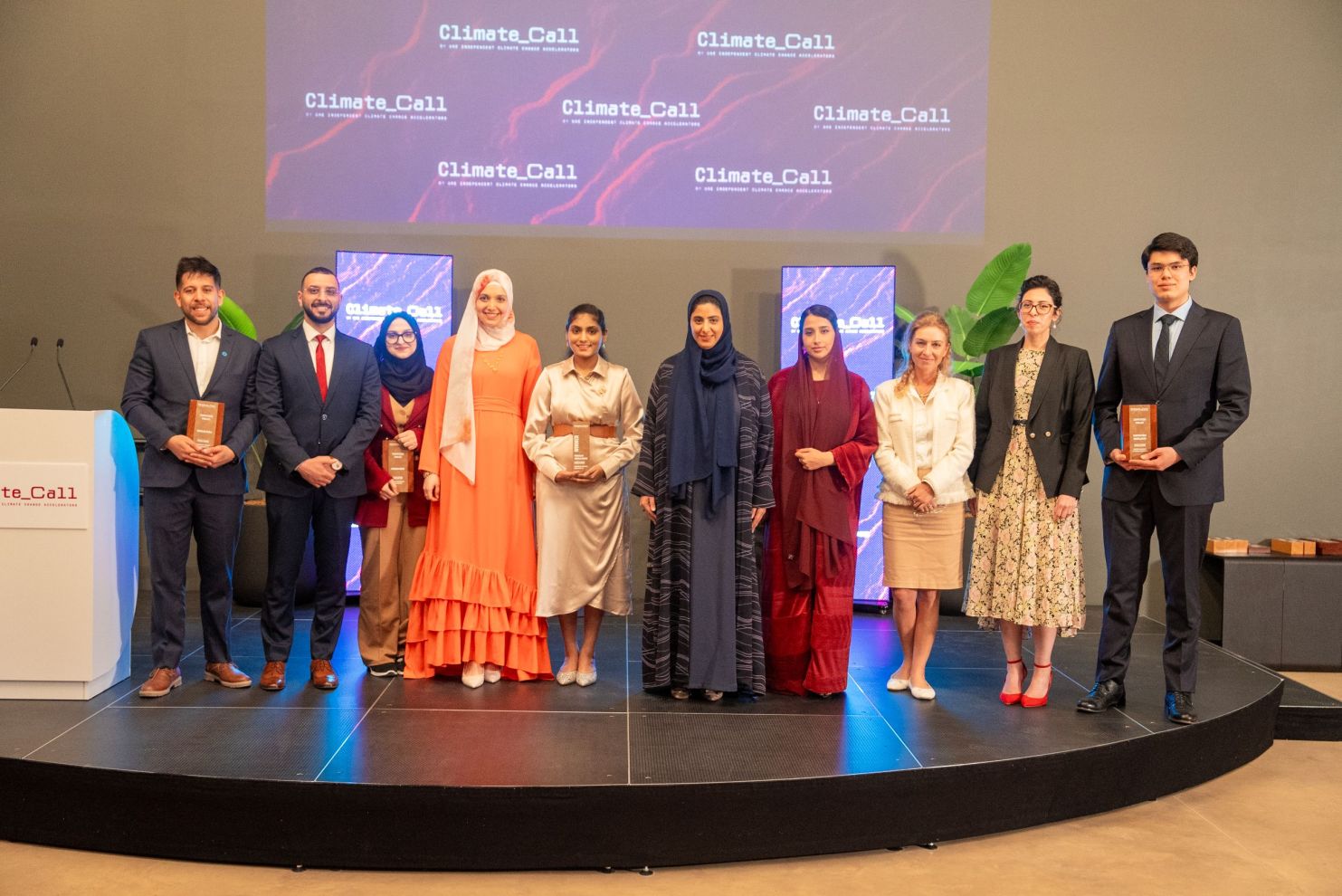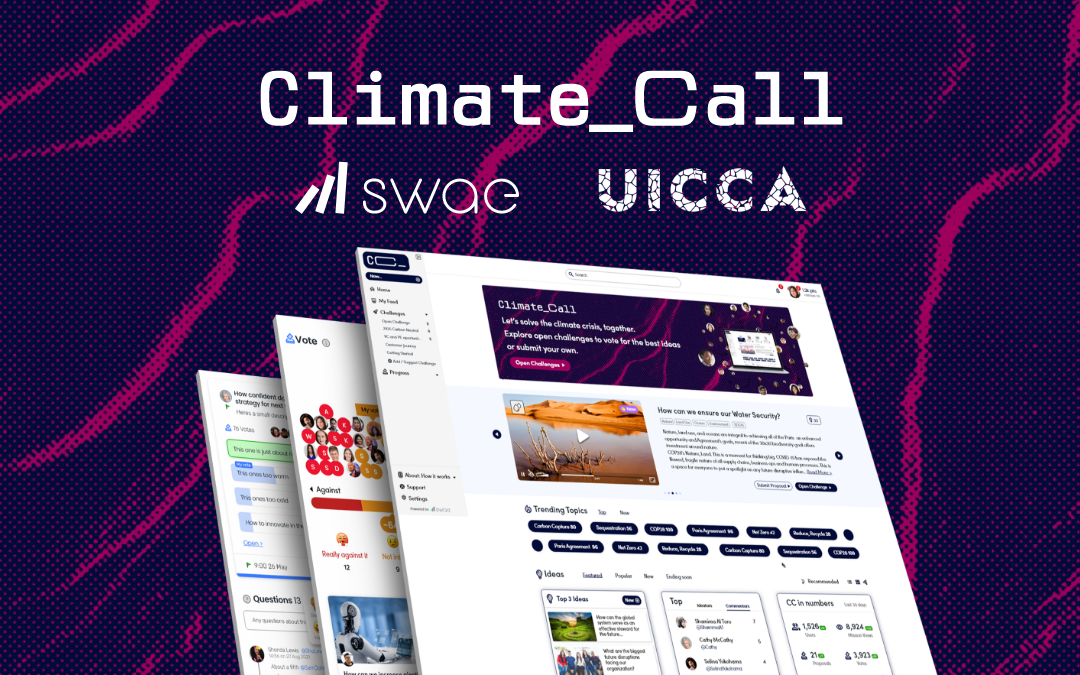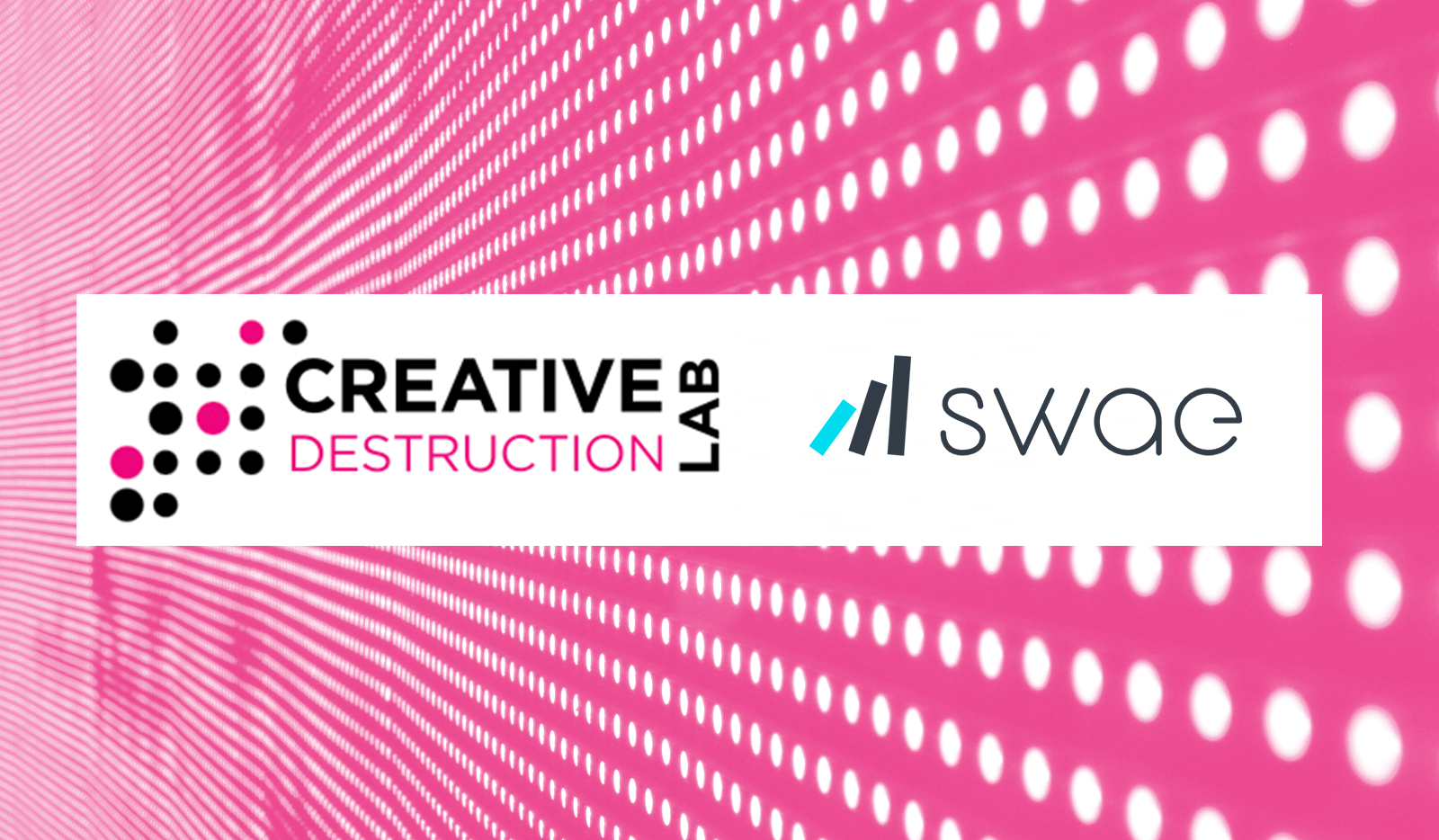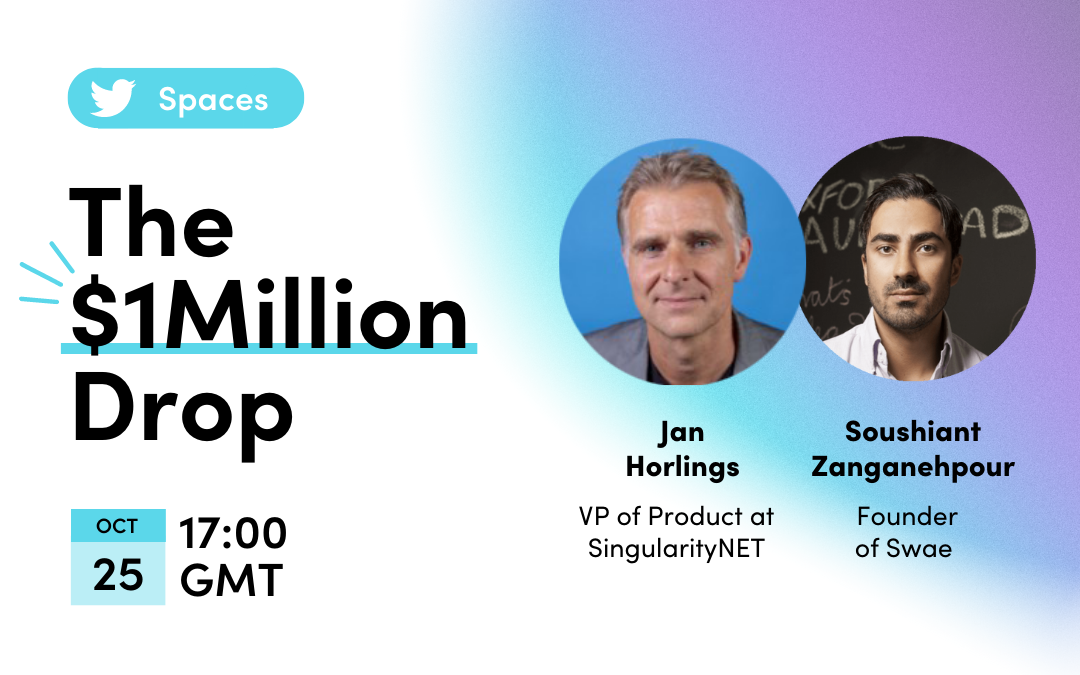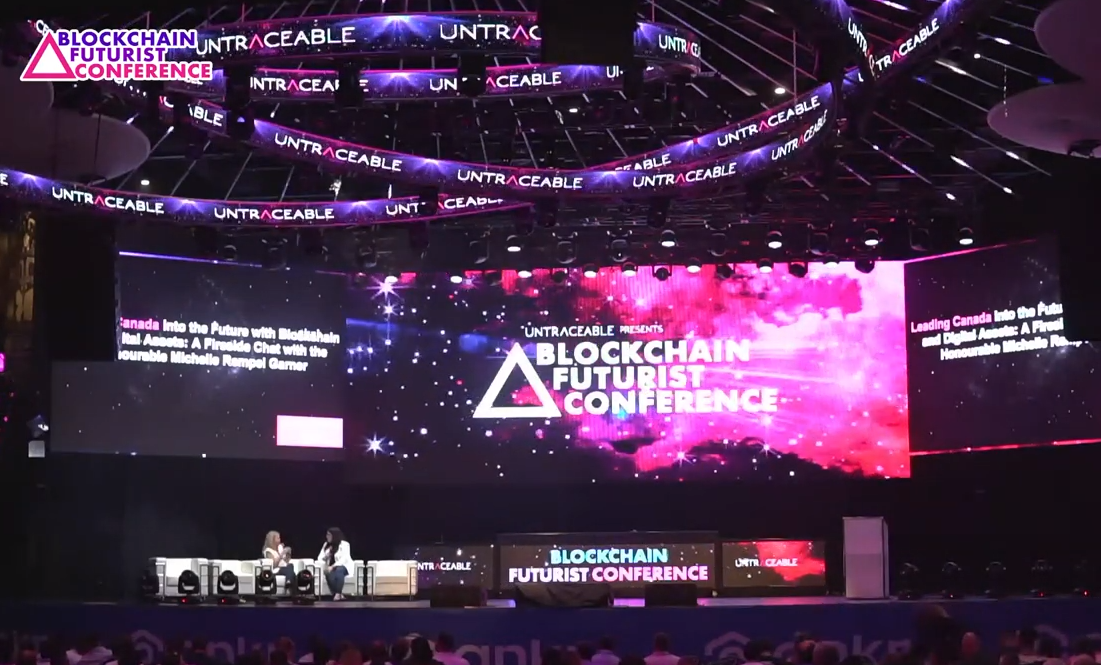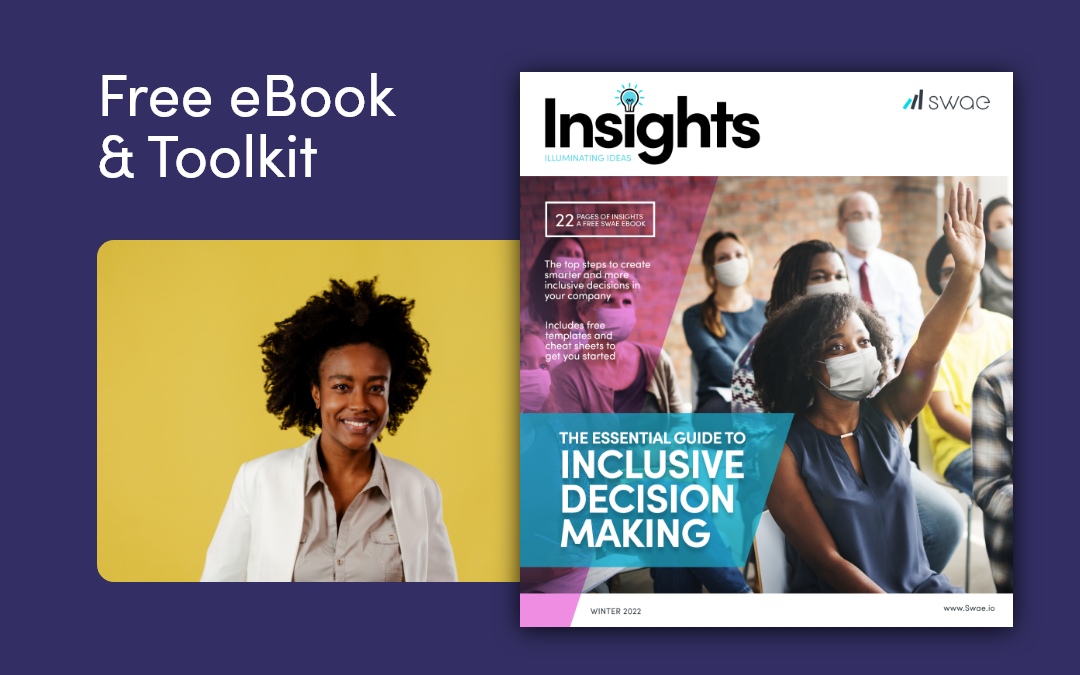
Insights: The Ultimate Guide to Inclusive Decision Making
The ultimate guide to
Inclusive Decision Making
The top strategic steps to empower inclusive leadership and drive smarter decisions in your organization
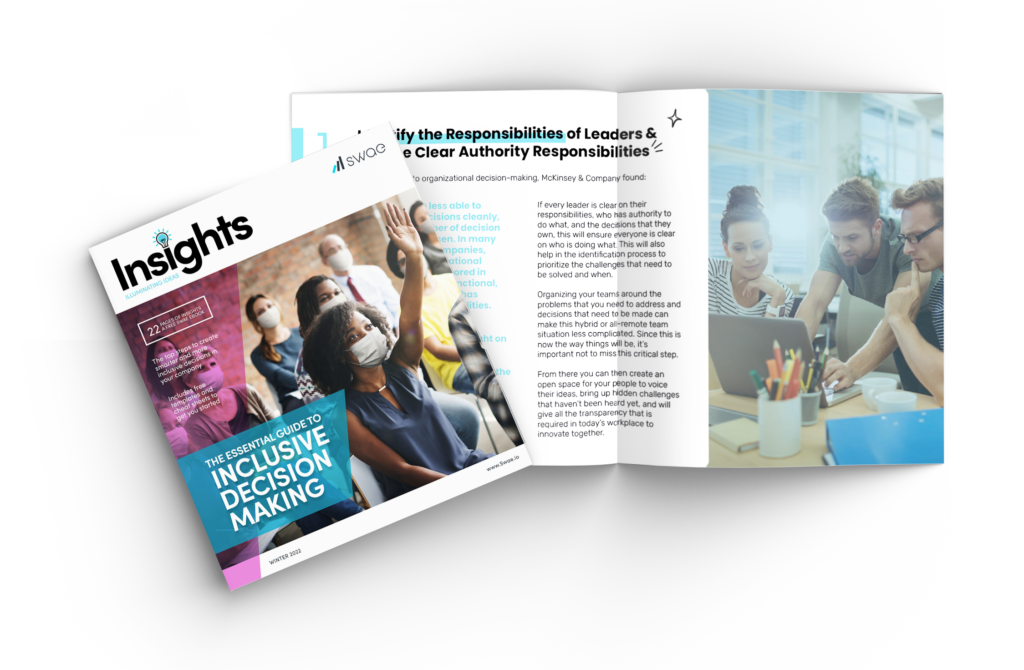
Find out how we helped decision making in some of the world’s best organizations
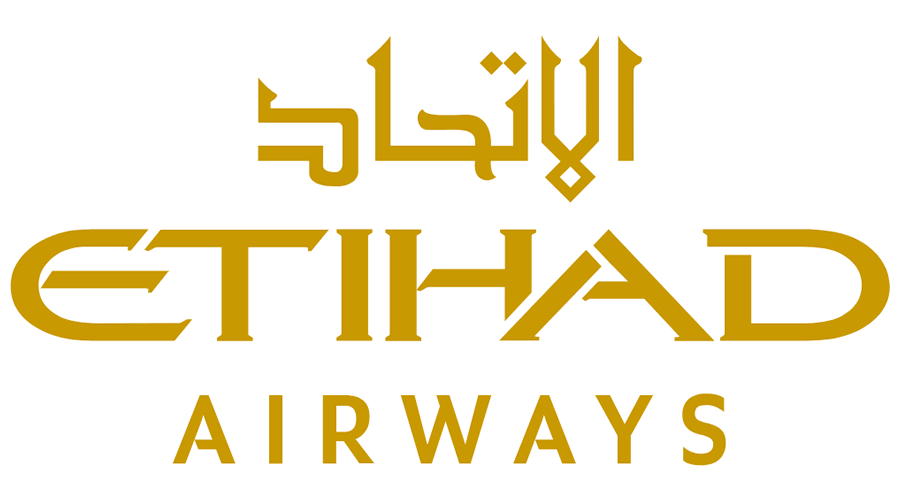
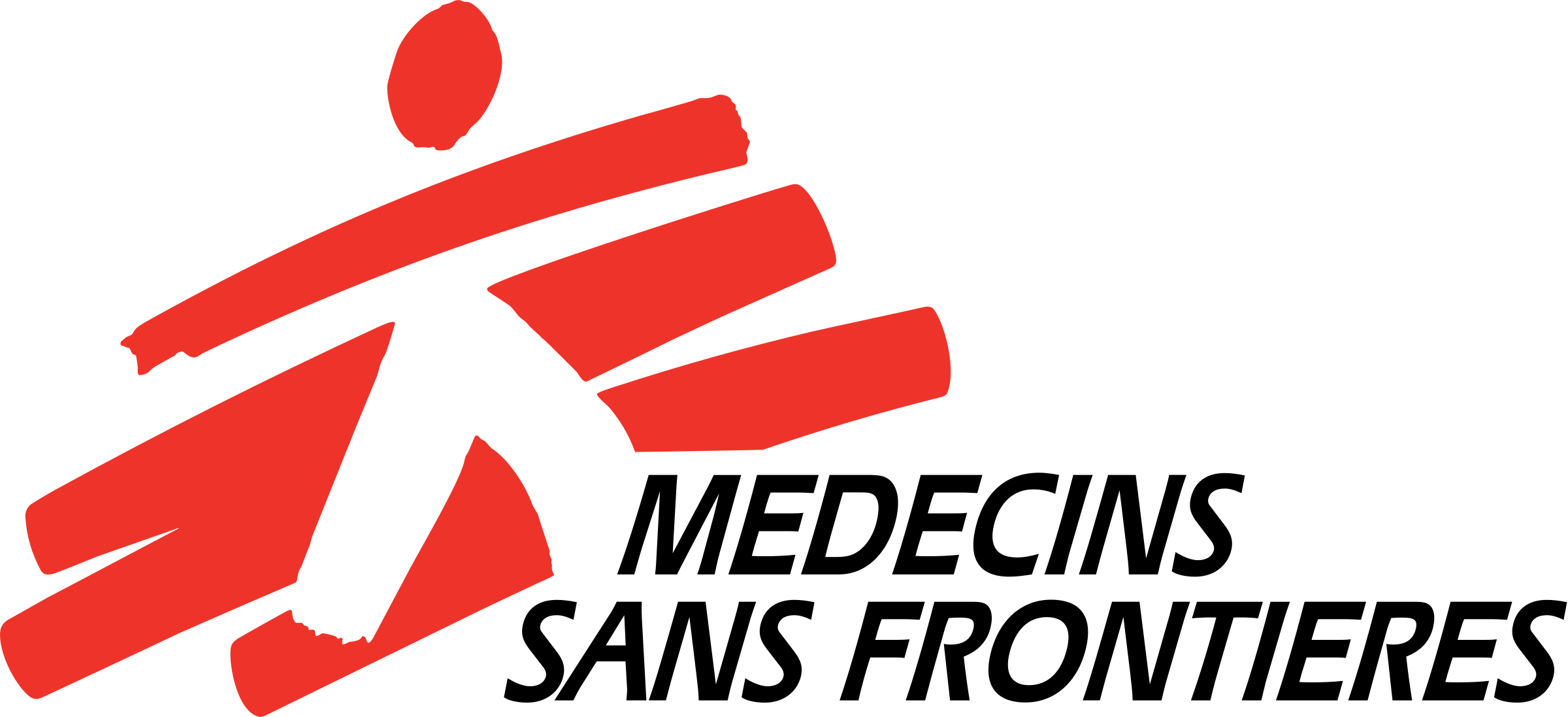
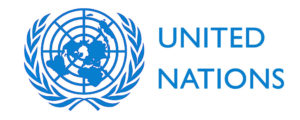



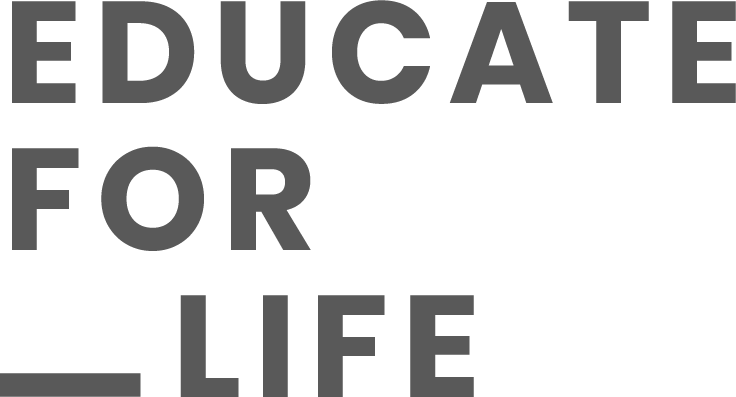
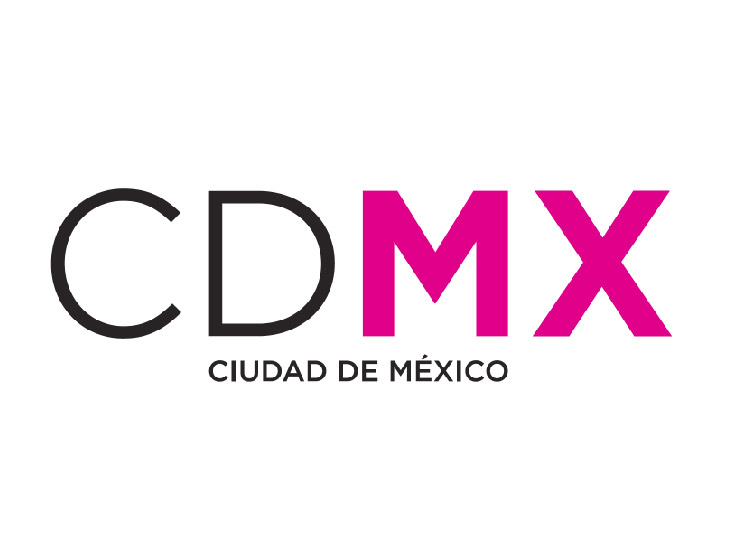
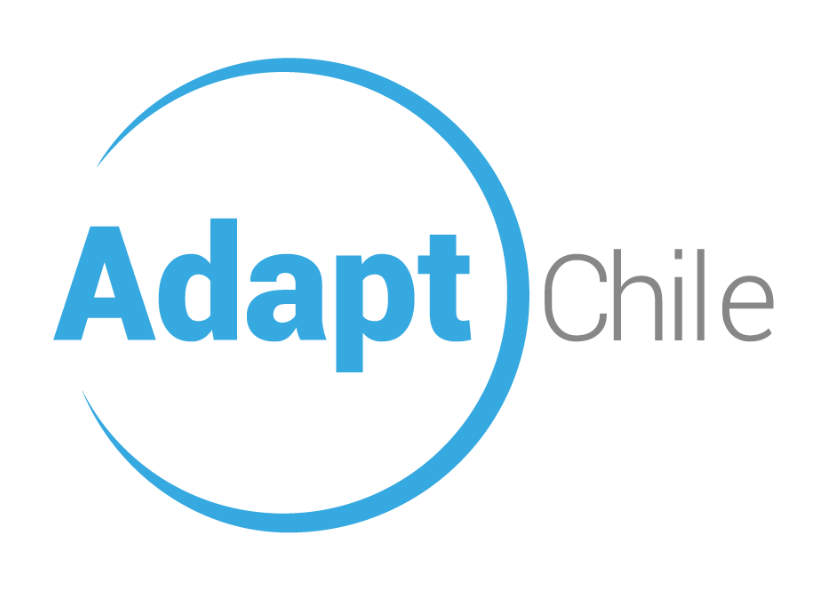
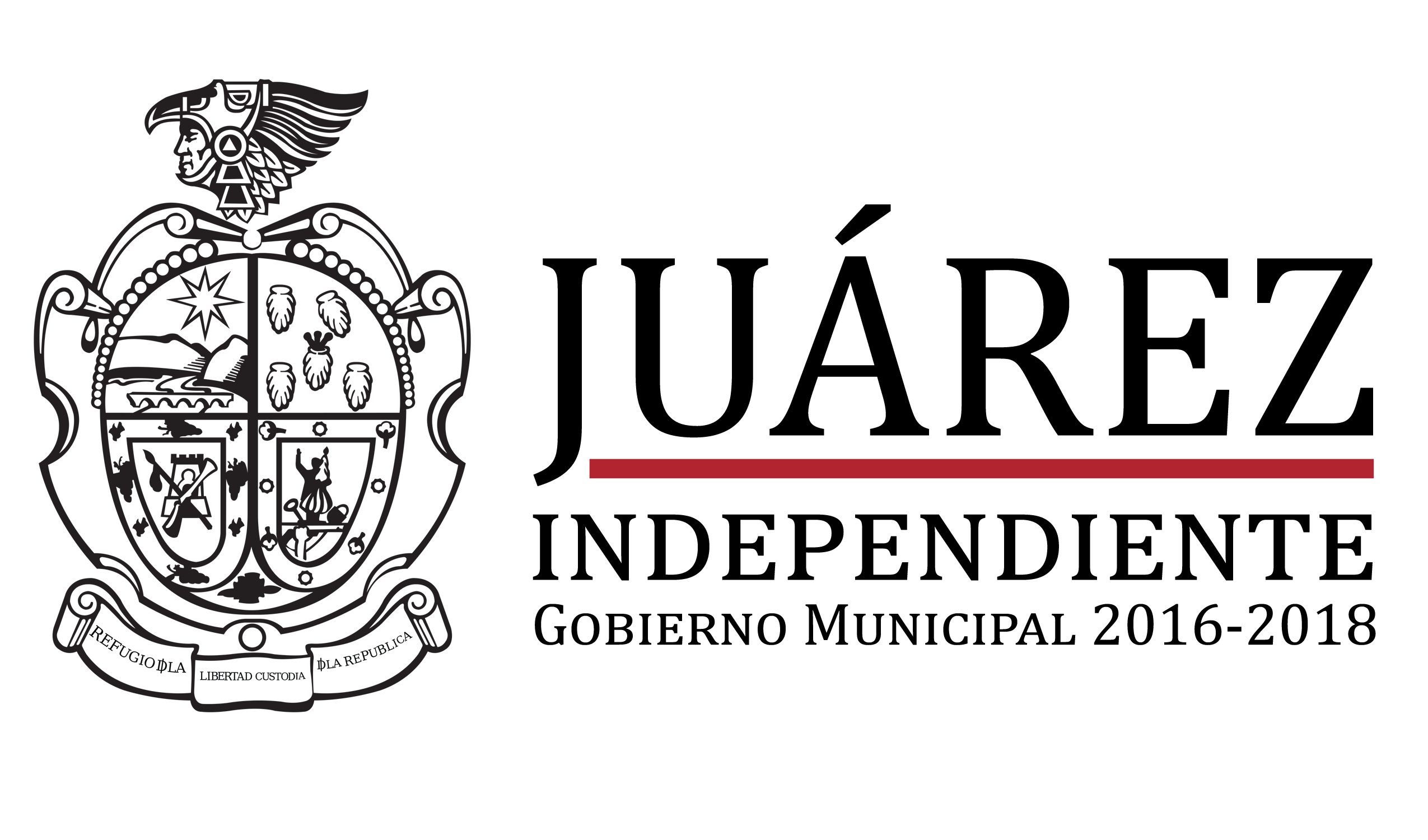
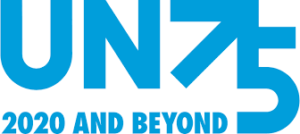
Decision making has been left behind by modern technology and processes. Read on so you don’t get left behind too
The Future of Work
Decision-making has been overwhelming to many companies for some time… and times have changed.
Why? The future of work is here.
Companies and teams all over the globe are having to adapt to the ever-increasing changes taking place. Hybrid and remote work arrangements are being created and setting your teams up for success is far from straightforward!
Millions of workers around the world this past year have made a sudden shift.
In this Swae Session, we will delve into some of the common causes as to why decision-making processes fail to meet the outcomes intended and create residual impacts that can impair performance of companies
If you:
…Are responsible for creating this new hybrid work arrangement and want to learn how to become a more inclusive leader
…Desire to uncover hidden biases and allow more voices to be heard
…Are ready to unlock hidden insights and break down silos
THEN YOU WON’T WANT TO MISS OUT ON THIS EBOOK!
You will learn:
How to Identify the Responsibilities of Leaders, Outline Clear Authority Responsibilities and Get Organized
Learn Why It’s Important to Stop Seeking Perfection and Learn to Be More Transparent
Why It’s Time to Invest in a Technology System that Will Help You Source, Organize, and Hear from More Voices in Your Organization
Why Tapping into “Office Politics” to Increase the Quality of Your Options to Reduce Bias is an Important Step to Breaking Down Silos
Free Tools to help your decision-making today
If you’re ready to go “beyond good intentions”
and create more inclusive processes
book a demo with us now
*Your personal details are safe with us – we’ll never sell them to other companies for marketing purposes- see our privacy policy. From time to time, we’d like to email you eBooks, training or some useful content to help with decision making and engaging employees. By registering you agree to receive this content and you can unsubscribe at any time by clicking the Unsubscribe button in the email.
Turn feedback into organizational change
Swae is an AI-powered platform for collecting employee feedback and turning it into decisions and organizational change.
We help organizations discover hidden problems and crowdsource feedback and solutions from the employees directly from the bottom-up.

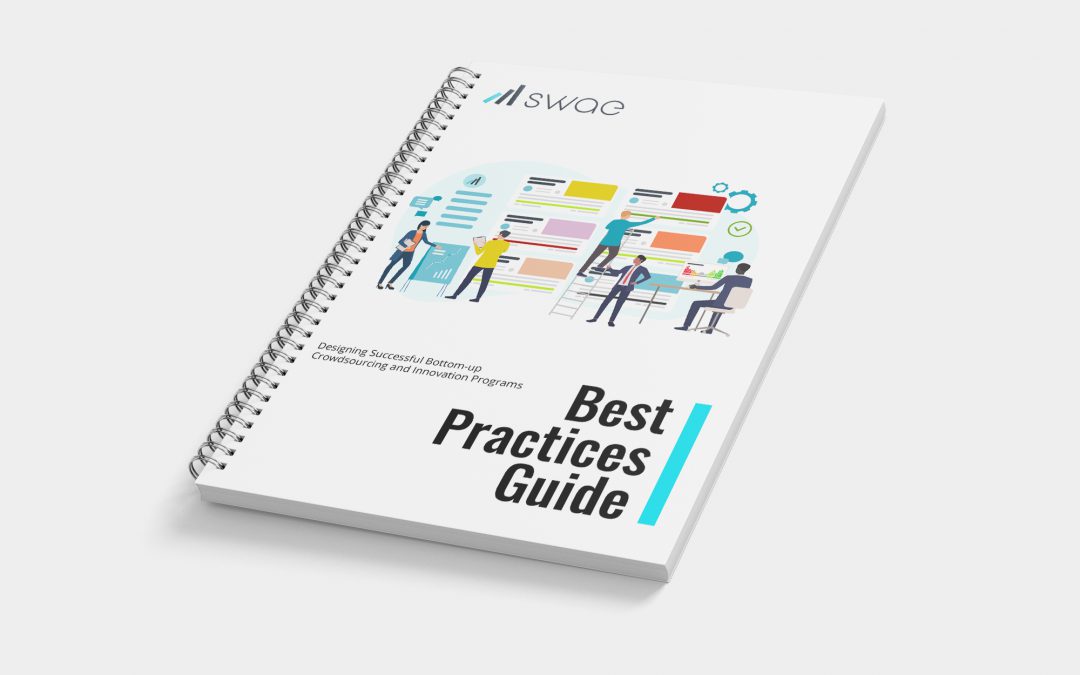
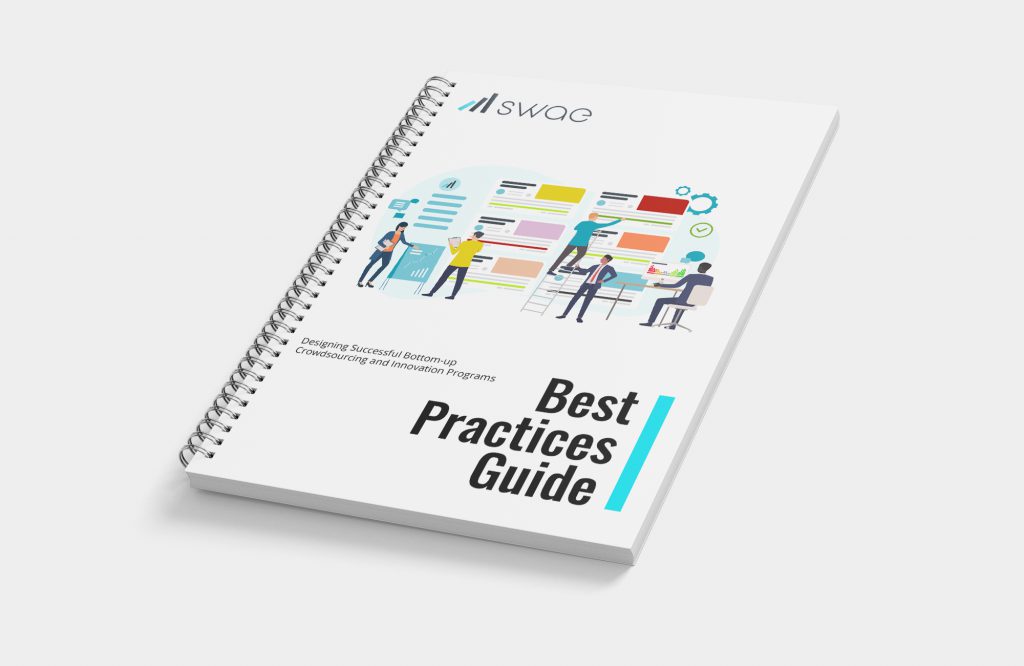
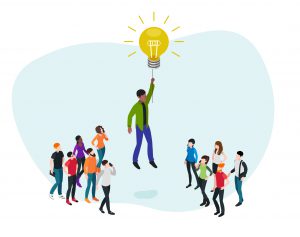 The new system allowed any employee to post ideas into an open GoogleDoc, consult their peers’ proposals, comment and deliberate on them through offline meetings. Employees could then vote on each others’ ideas to indicate their support. Manager’s votes did not have higher weight in this system; they were simply regarded as preferences. This new system had a radically more open nature encouraging transparency, signalling a shift towards more meritocracy and egalitarian inclusion. With this system, employees gained increased visibility about what was being shared across the company, and had the freedom to contribute to ideas they regarded as “best” for the company to pursue, irrespective of what the managers’ choices indicated.
The new system allowed any employee to post ideas into an open GoogleDoc, consult their peers’ proposals, comment and deliberate on them through offline meetings. Employees could then vote on each others’ ideas to indicate their support. Manager’s votes did not have higher weight in this system; they were simply regarded as preferences. This new system had a radically more open nature encouraging transparency, signalling a shift towards more meritocracy and egalitarian inclusion. With this system, employees gained increased visibility about what was being shared across the company, and had the freedom to contribute to ideas they regarded as “best” for the company to pursue, irrespective of what the managers’ choices indicated. As a consequence of this, employees had trust in the integrity the process and clarity about the selection criteria for this crowdsourcing challenge. The outcome was almost 90% of the solutions originating from junior to mid-level employees, and about 30% of the solutions were proposed by people working in support functions such as human resources, IT, and finance. These results, captured by MIT research, show that ideas don’t necessarily come from the groups thought to be the most creative or experienced. If the process is fair and decision making criteria is clear, broad segments of an organization will get involved because the majority of participants want to play a role in prototyping, testing, and implementing the ideas they proposed.
As a consequence of this, employees had trust in the integrity the process and clarity about the selection criteria for this crowdsourcing challenge. The outcome was almost 90% of the solutions originating from junior to mid-level employees, and about 30% of the solutions were proposed by people working in support functions such as human resources, IT, and finance. These results, captured by MIT research, show that ideas don’t necessarily come from the groups thought to be the most creative or experienced. If the process is fair and decision making criteria is clear, broad segments of an organization will get involved because the majority of participants want to play a role in prototyping, testing, and implementing the ideas they proposed. 
 One of the main reasons people participate in external crowdsourcing events is to have fun and learn new skills. However, a critical difference between external and internal crowdsourcing is that many
One of the main reasons people participate in external crowdsourcing events is to have fun and learn new skills. However, a critical difference between external and internal crowdsourcing is that many 